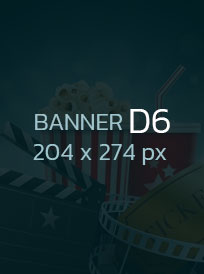ประเภทหนัง
ตัวอย่างหนัง Bitcoin: What happens to the blocks that do not pass the acceptance rules?
What happens to the blocks which do not comply with the acceptance rule: a look inside the Bitcoin block

As part of its complex consensus mechanism, the Bitcoin network is based on a system to ensure that valid transactions are added to the blockchain and that new blocks are created. One critical aspect of this process is the acceptance rule for new blocks, which guarantees that only legitimate transactions are included in the chain. In this article, we will deepen what happens to the blocks whose time does not respect the acceptance rule.
Acceptance rule: a simple definition
To understand why time blocks outside the 2 hour window can be rejected, it is essential to understand what the acceptance rule implies. The rule indicates that each block must have a time within 2 hours of its creation. This means that for a block to be considered valid and added to the blockchain, its time must be part of this narrow window.
What happens to the blocks without observing the acceptance rules
Consider an example in which we assume that there are two blocks, blocks A and block B. Bloc A is created with a timestammp 08:00 UTC on February 10 (2 hours now). If we want to create a new C block, it must also have a time time for the same window of 2 hours.
In this scenario, if block C has a time from 9:30 am UTC on February 11 (an hour in the future), for example, would not comply with the acceptance rule. This block would be rejected because its horodat is outside the authorized interval.
Why do you rejection
So why are the blocks without observing the acceptance rule rejected? There are some reasons:
- prevents double expenses : if a transaction was included in a block that has already been spent (that is to say, Timetampa was too far in the future), it would be as if you were trying to Spend the same article twice. The decentralized Bitcoin network does not allow it.
- ensures the consistency of the network : The acceptance rule helps maintain the consistency of the network, by preventing malicious actors from creating air blocks with low content.
- Facilitates confidence and verification : By rejecting the blocks without compliance, the network can strengthen confidence between interested users and the parties.
The role of the blockchain
Although the individual horodatages of the block are in the 2 hour window, the whole blockchain is always considered valid if each following block has a time that meets or exceeds this threshold. This means that, even if some blocks do not respect the initial acceptance rule, their “successor” block could possibly have a stamp.
Conclusion
The dependence of the Bitcoin network on a 2 hour window for blocking horodatages is a crucial aspect of its decentralized and consensus -based architecture. Understanding why rejection occurs, we can better understand the importance of this mechanism in maintaining the integrity and confidence of blockchain.





















